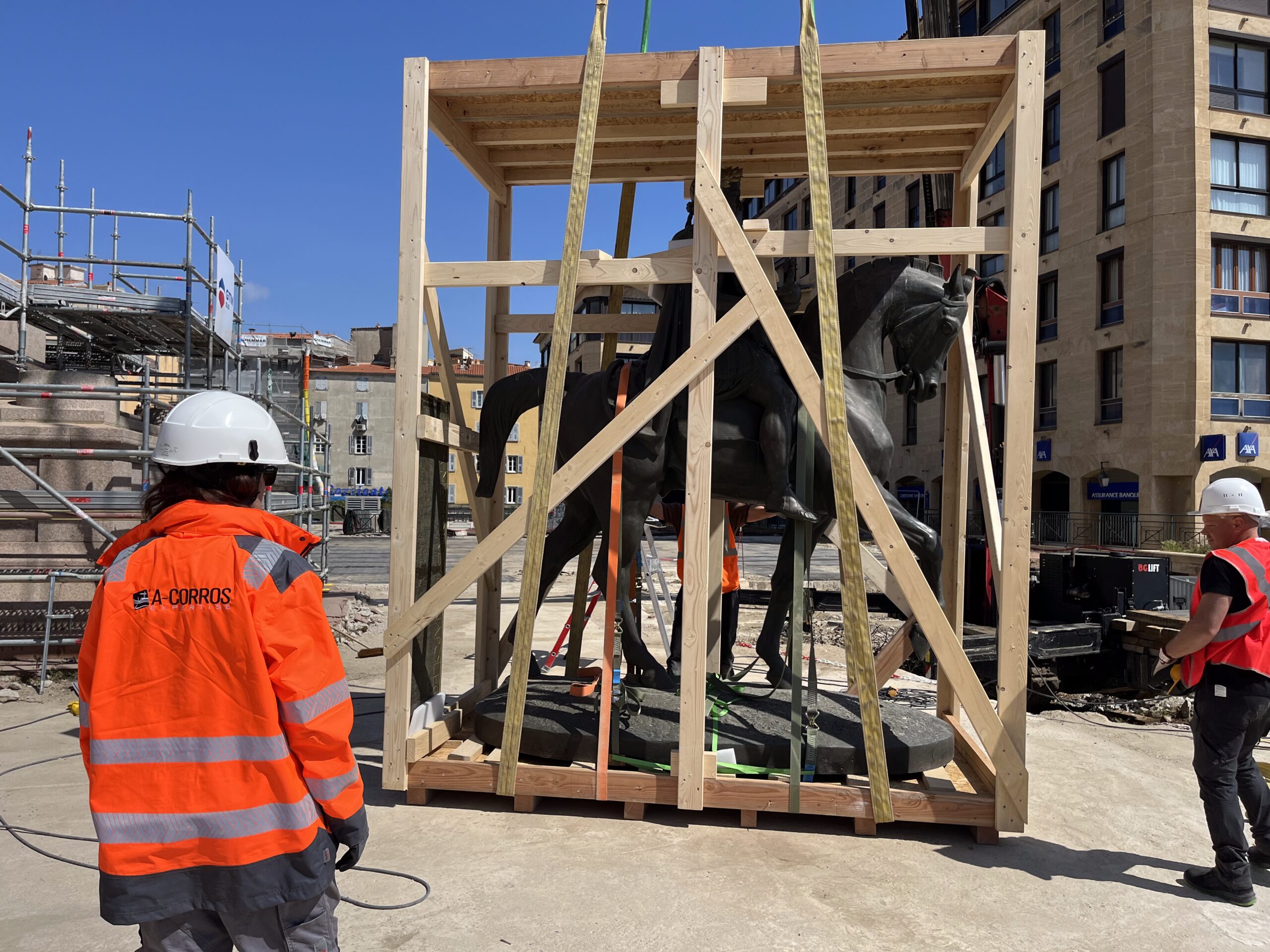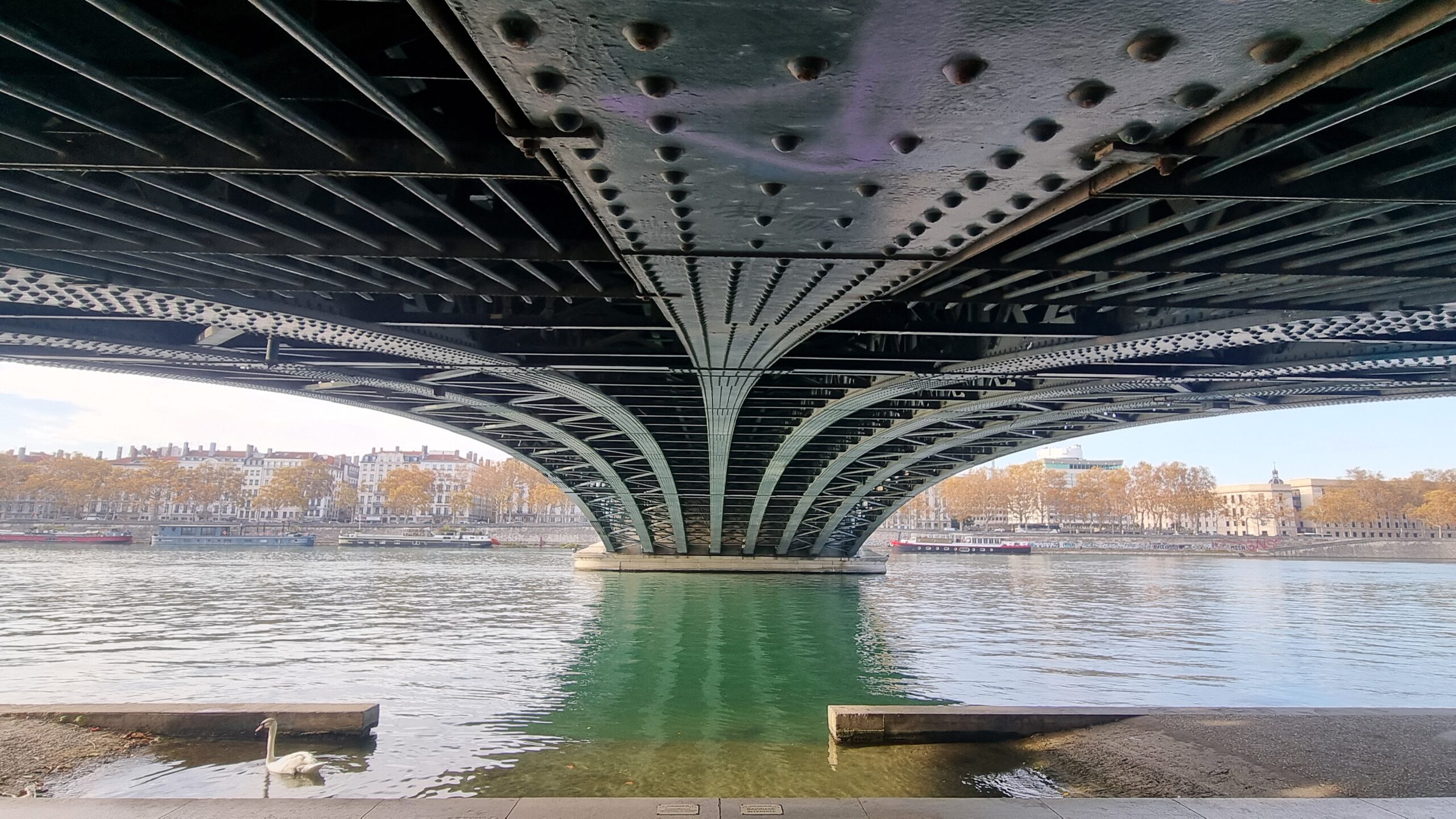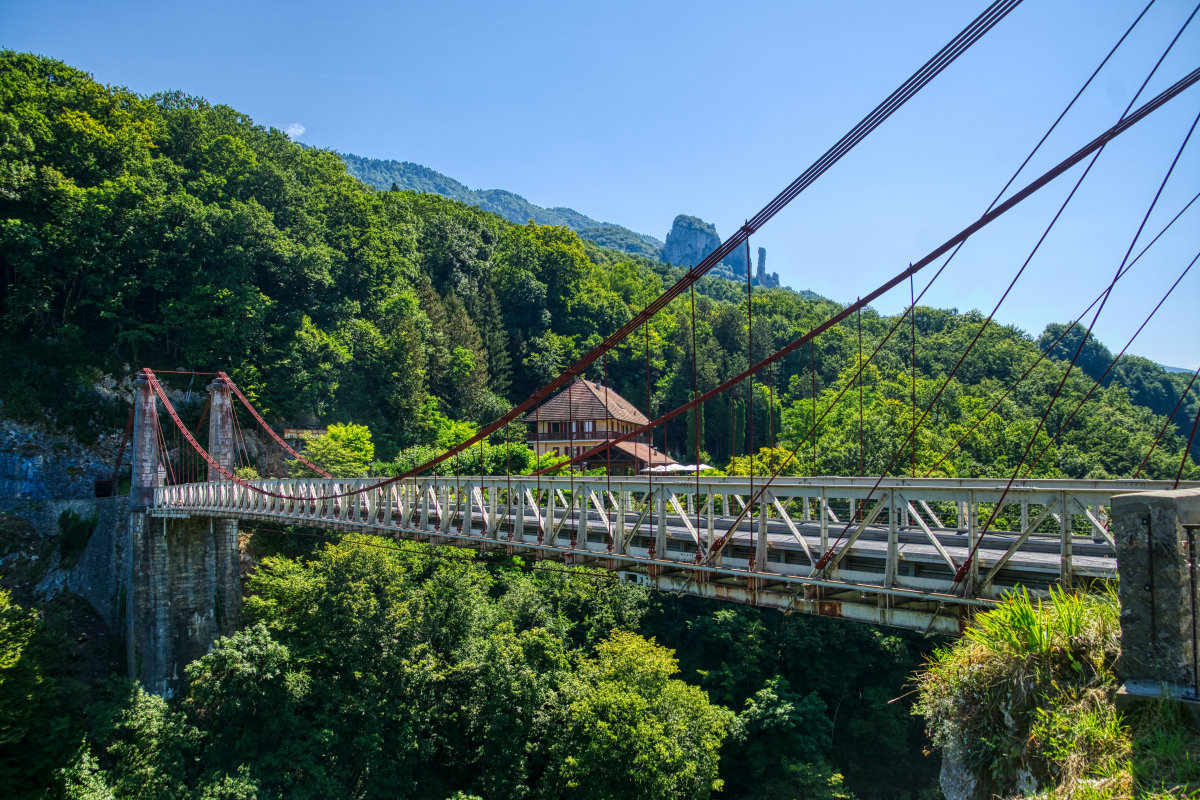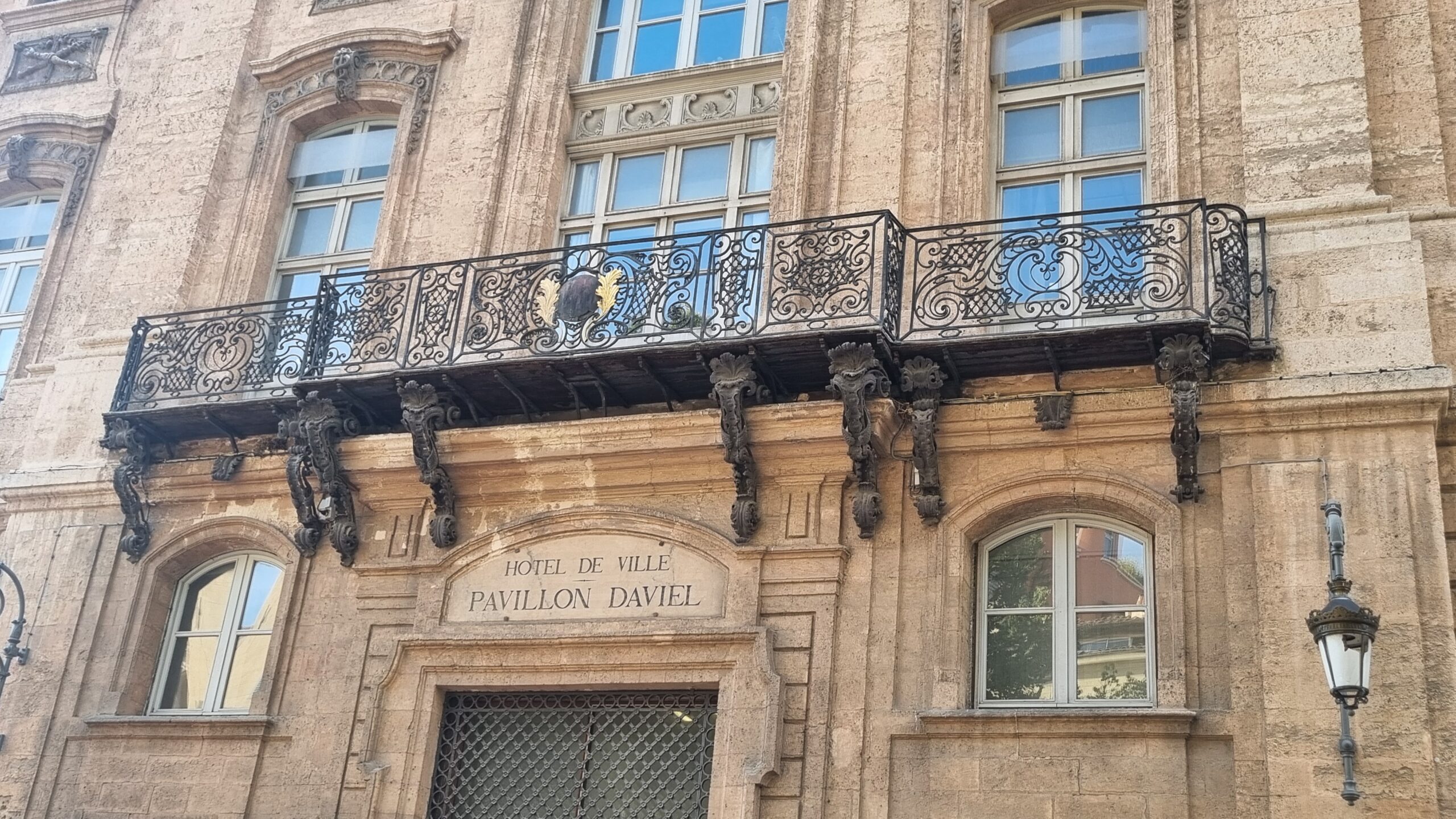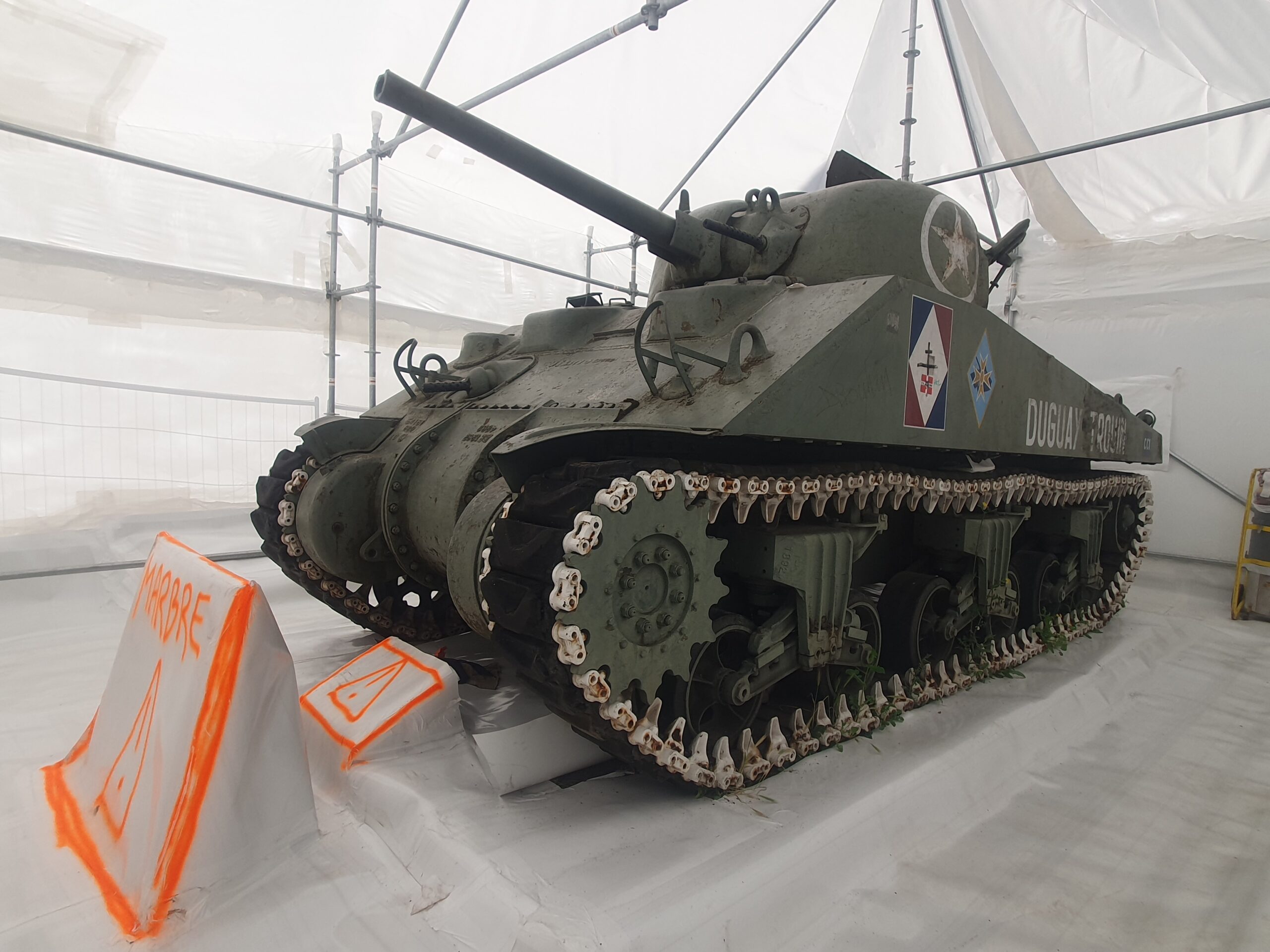
Metal and corrosion: Implications for industry and cultural heritage
Metal is a living material… With the exception of pure gold in its natural state, all metals are derived from the transformation of mineral ores. Once altered, from ore into semi-finished products such as ingots, billets, blooms or slabs, and then into objects or structural elements, metals will continually seek, throughout their service life, to return to their natural state as mineral ore (hydroxides, oxides, sulphides, carbonates, etc.). A leopard cannot change its spots!
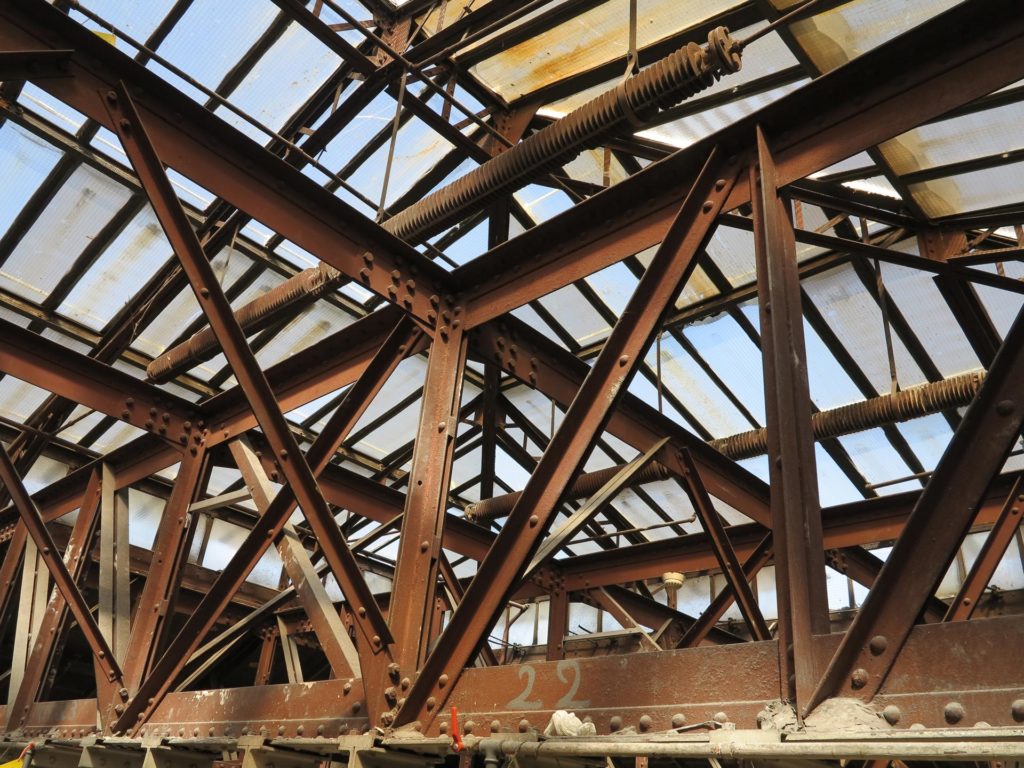

Research and innovation
Archaeologists seek to understand past lives in order to better anticipate our lives in the future. We have chosen to apply this principle to metallic materials: understanding ancient metals allows us to better diagnose, assess and preserve them, as well as to develop innovative materials and techniques to protect them and improve durability.
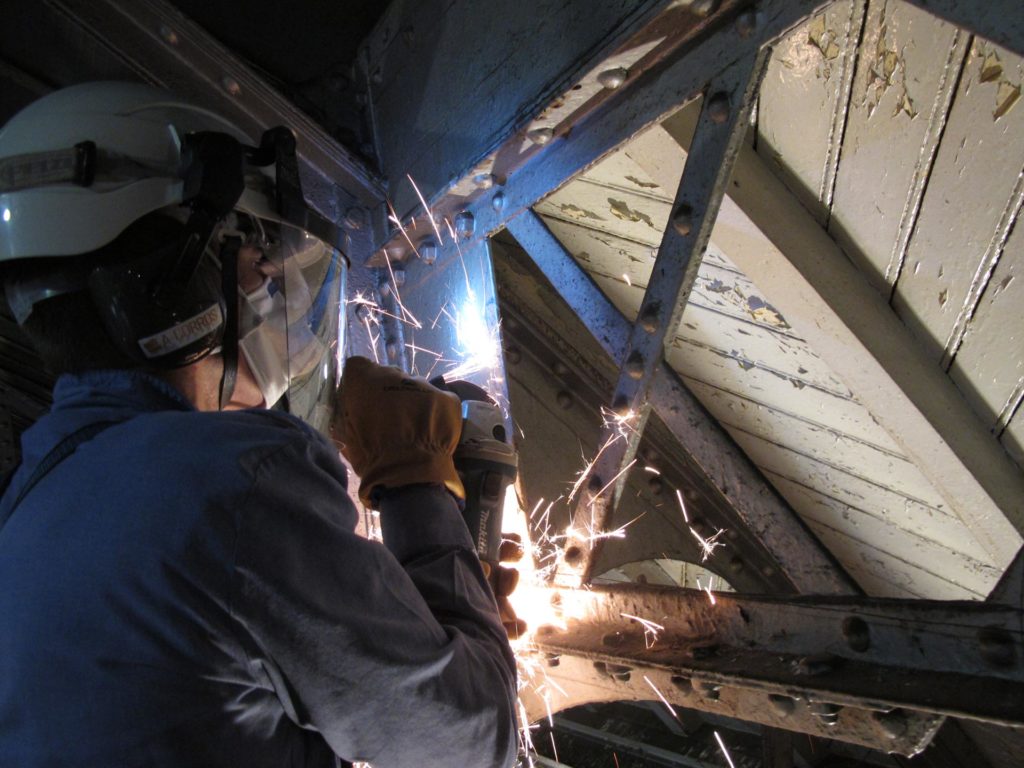
CONSERVING OUR PAST, PRESERVING OUR FUTURE
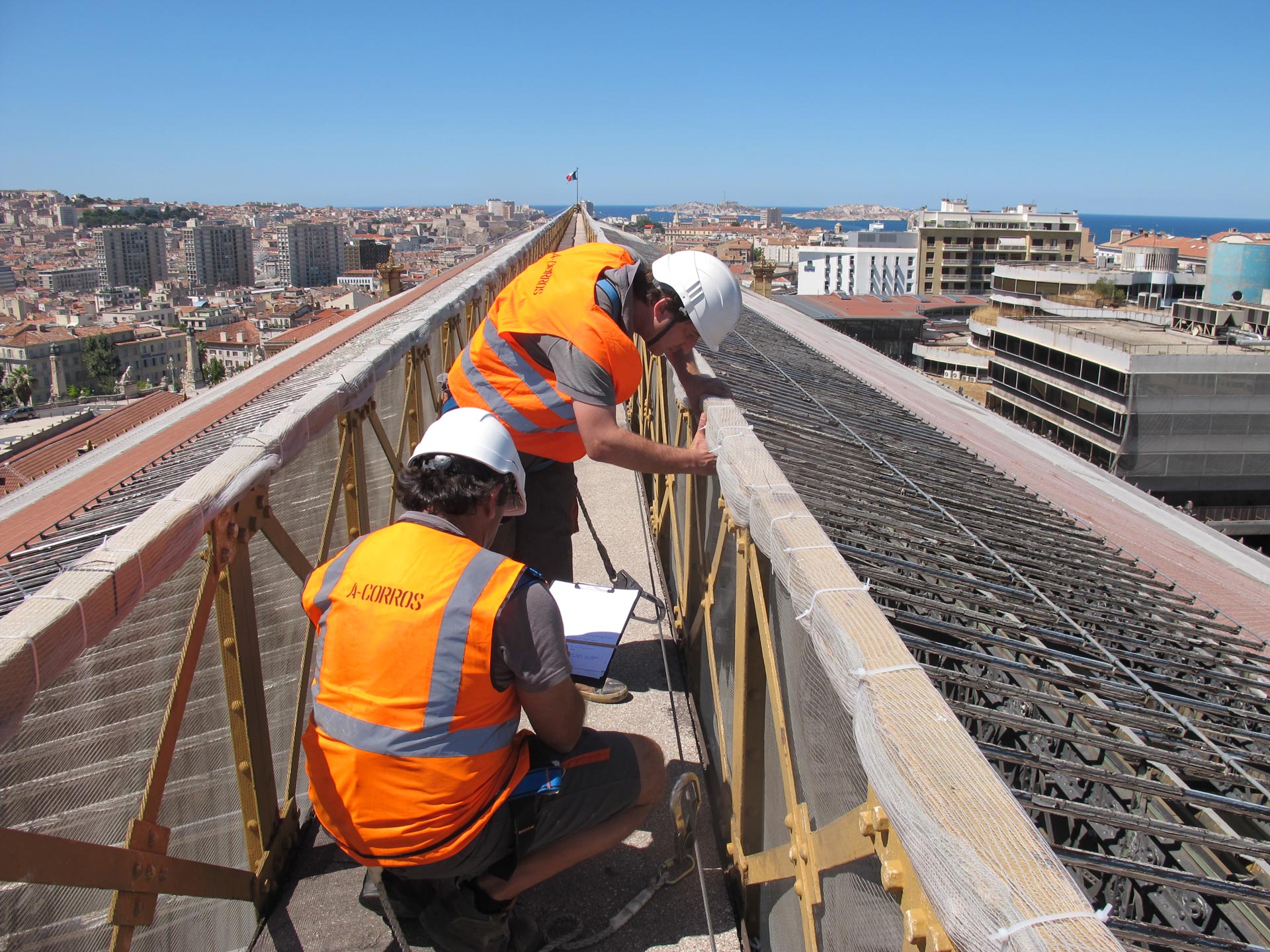
33
missions abroad in 21 different countries
1228
Archeological object treated by the Cultural Heritage division in 2019
1046
Case studied in 15 years of experience
18
Railway stations studied in France
News
A-CORROS fête ses 18 ans!
Aujourd’hui 12 Mars, l’entreprise fête son passage à l’âge adulte et célèbre ses 18 ans !
Lire la suiteChantiers des collections
Chantiers des collections au pluriel? Oui, cette semaine, nous engageons deux équipes sur deux chantiers différents, un au Creusot pour le compte de l’Ecomusée Le Creusot Montceau et un autre pour la DAC de Guadeloupe.
Lire la suiteLe SIPPA, 9ème édition!
Jeudi 21 et Vendredi 22 Novembre se tient le SIPPA, Symposium International des Professionnels des Patrimoines à Arles, une occasion unique d’échanger sur le dynamisme de ce secteur et de découvrir des entreprises spécialisées. Pour plus d’informations, visitez le site…
Lire la suite

